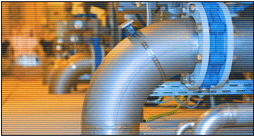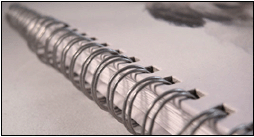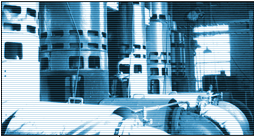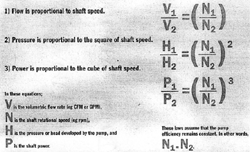 |
||||||
    |
||||||
| HOME l SERVICES l PRODUCTS l ABOUT US l CONTACT US | ||||||
|
-Case study no1 |
Article no. 1 - Variable speed pumps can save energy, cut maintenance costs, reduce harmful emissions, boost reliability and optimise system performance, but only if applied correctly. WHAT ARE VARIABLE SPEED PUMPS? Simply put, a variable speed pump offers variation in speed and the potential to improve efficiency levels beyond those achieved by a fixed speed pump. Looking deeper, pumps are based on affinity laws. These are used in hydraulics and HVAC to express the relationship between several variables involved in pump performance (such as head, volumetric flow rate, shaft speed and power) THE MARKET Three companies control approximately 80 per cent of the European market for circulator pumps - Grudfos, Wilo and Smedegaard. There are around 20 times more pumps in service in existing installation than are supplied new every year. According to British Pump Manufacturers (BPMA), it is common for fixed speed pumps to be oversized, with most system designers allowing a contingency on the system head required. ''Retrofitting variable speed drives could match pumps to actual system requirements more accurately and save considerable amounts of energy'', says the BPMA, adding: ''Many existing systems use control valves and bypasses, all of which absorb energy not required to satisfy system demands. It is therefore apparent that a major opportunity exists for modifying installed systems to make them more energy efficient.'' Europump, an international reference body and source of harmonised regulations for efficient and environment-friendly fluid pumping systems, agress. It says: ''Traditional flow-control methods - using throttling valves or bypass lines - waste energy and frequently increase operating and maintenance costs. However when properly applied, variable speed drives (VSDs) have the potential to significantly lower energy costs, improve overall system reliability and minimise pumping system life cycle cost''. Variable speed technology has indeed been around for many years and has been heavily promoted, but Grundfos Pumps' marketing manager Linda Dingley says: ''We [in the UK] still lag behind many other European markets; despite the fact our perception is that we are ahead of the game.'' One reason for this is that variable speed control is not as straightforward as it may at first appear. Chris Parsloe of technical consultant Parsloe Consulting explains: ''If pumpm speed is controlled so as to maintain constatnt pump pressure then, at low flow rates, pump efficiency can become poor, thereby cancelling out some of the energy saving.'' ADVANTAGES AND DISADVANTAGES OF VARIABLE SPEED PUMPS Benefits: Drawbacks:
FURTHER RESEARCH - Variable Speed Pumping: A Guide to Successful Applications, from Europump and US - based Hydraulic Institute. See www.europump.org |
|
||||
|
Case study no.1 (System upgrade to energy class 1) |
||||||

